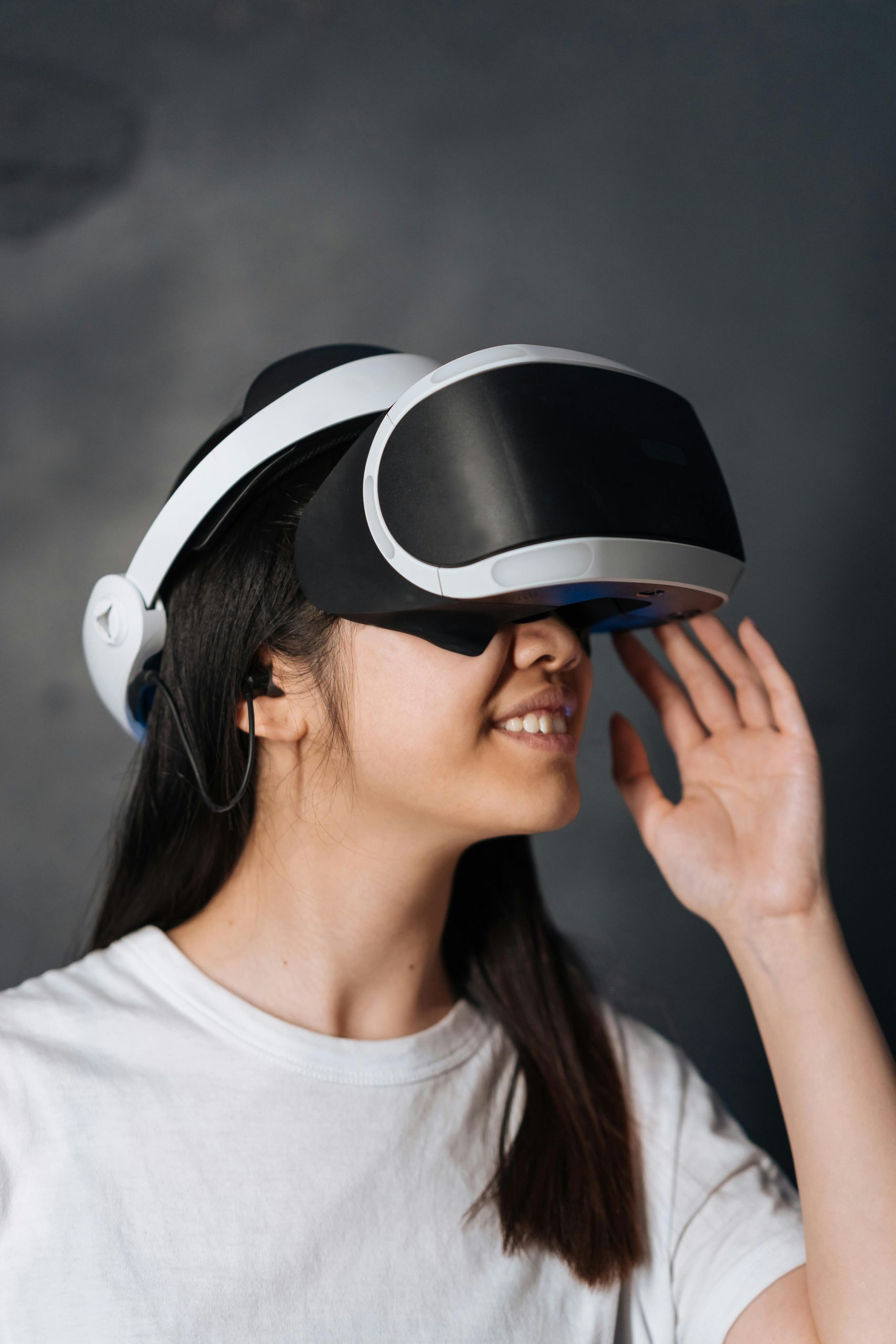Is Google’s Veo 3 the Dawn of Dynamic Interactive World Models?
Could Google’s Veo 3 Signal a New Era for Interactive World Models?
In the rapidly evolving landscape of artificial intelligence, a fascinating development is capturing the attention of researchers and enthusiasts alike: the potential emergence of playable, interactive world models. At the forefront of this innovation is Google’s latest advancement, the Veo 3, which may herald a new chapter in AI capabilities—moving beyond static video synthesis to dynamic, real-time simulation of the physical environment.
Understanding the Distinction: World Models versus Video Generation
It’s essential to differentiate between two prominent AI modeling paradigms. First, video-generation models excel at producing realistic visual sequences, crafting scenes and animations that are visually convincing but lack an understanding of underlying physics or environmental dynamics. In contrast, world models aim to simulate the behavior and evolution of environments, enabling agents to predict future states and plan actions accordingly—mirroring certain aspects of human cognition and decision-making.
Google’s Vision: Building a Brain-Like Simulator
Google appears to be steering towards harnessing its powerful multimodal foundation model, Gemini 2.5 Pro, transforming it into a sophisticated world model. This endeavor seeks to emulate aspects of the human brain’s ability to understand and navigate complex environments.
Earlier strides in this direction include DeepMind’s demonstration of Genie 2, a model capable of generating endless, immersive worlds that can be explored and interacted with, akin to playable video games. Not resting on these achievements, Google’s research team has been actively developing AI systems designed to simulate physical reality more precisely—aiming for models that can act and adapt within virtual environments in ways reminiscent of real-world physics.
Implications for the Future of AI and Interactive Media
The progression from static scene generation to dynamic world modeling opens exciting possibilities across various domains. Imagine AI-powered virtual worlds where users can interact seamlessly, or intelligent agents that understand and adapt to their surroundings in real time. Such advancements could revolutionize gaming, training simulators, robotics, and even virtual collaboration tools.
While the journey from Veo 3 to fully functional, playable world models is still unfolding, early indicators suggest that Google’s efforts could be the beginning of a transformative shift—where AI not only creates worlds but inhabits and navigates them intelligently.
Stay tuned as this frontier continues to develop, promising a future where AI-driven environments become more immersive, responsive, and lifelike than ever before.














Post Comment